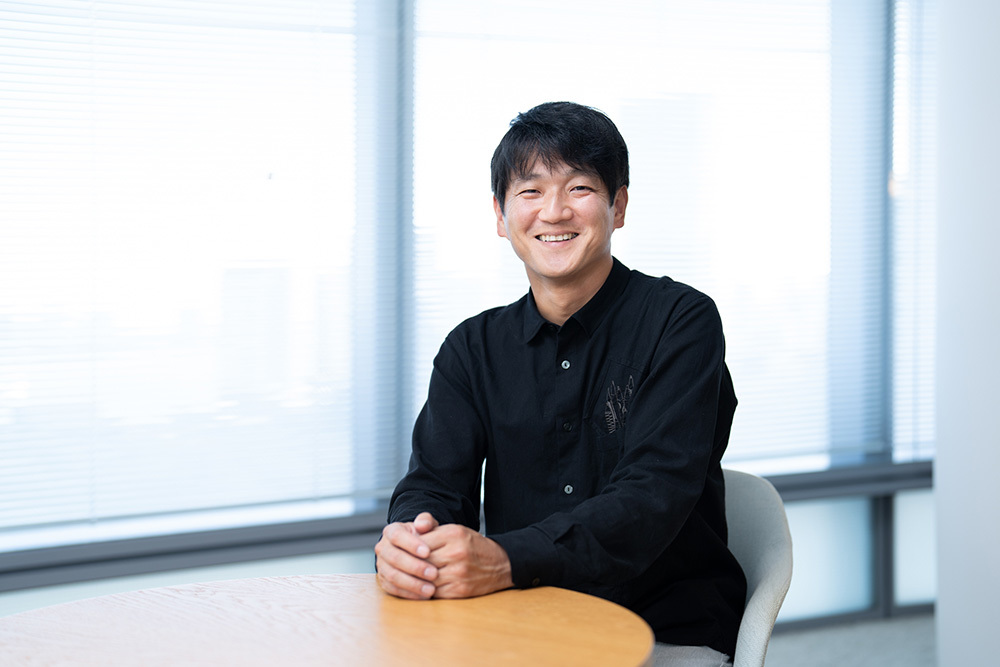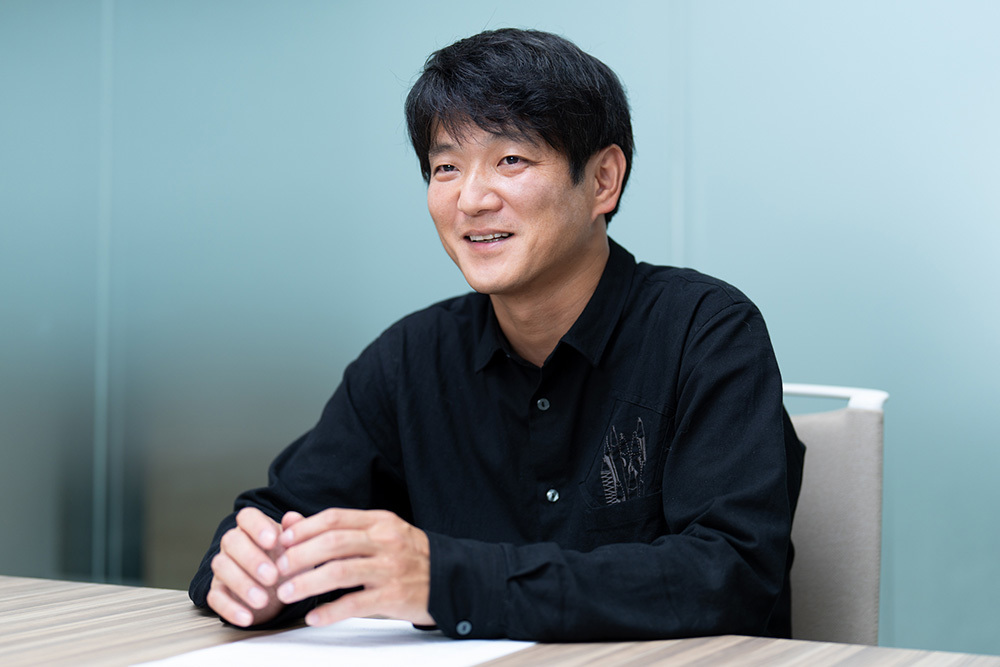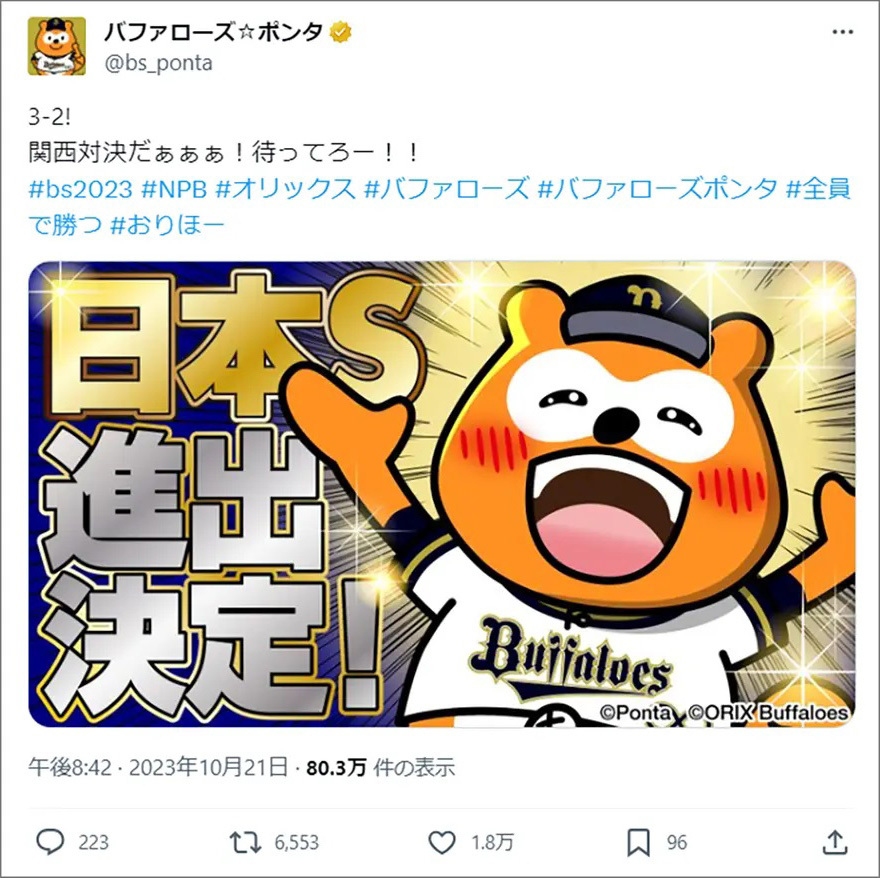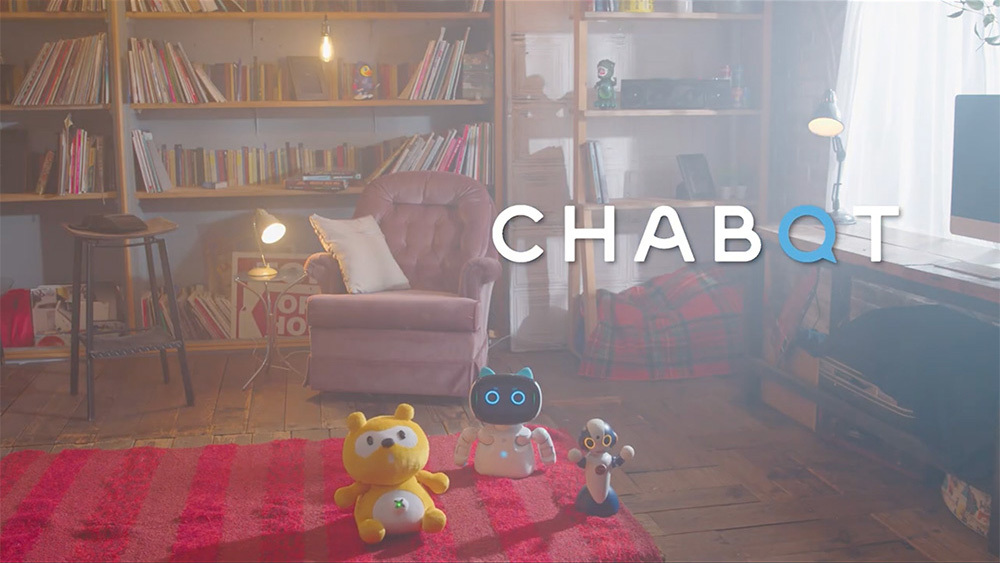Note: This website was automatically translated, so some terms or nuances may not be completely accurate.
It's Not Just About Recognition! The Creator of "Ponta" Discusses Evolving Customer Experiences Through Character Marketing
※This interview was originally published as an advertisement in "MarkeZine" on November 22, 2023.

Products and services utilizing characters are ubiquitous in daily life. Precisely because this approach is so widespread, companies need strategies incorporating new values and technology when leveraging it for marketing. In this article, MarkeZine Editor-in-Chief Yasunari interviews Kentaro Itonori of Dentsu Inc., who designs characters for the Ponta loyalty service and TV Tokyo's "Nanana." We asked about the current state of character marketing and the evolution of customer experiences driven by technology.
The Current State of Character Marketing: Expanding Stages Through Increased Customer Touchpoints
Ansei: When people think of character-based marketing, many imagine TV commercials or merchandise campaigns. However, with the diversification of customer touchpoints today, the scope for their application has surely expanded further. Today, we'll explore the potential for utilizing characters in corporate marketing.
First, please tell us about the CXCC (Customer Experience Creative Center), the CX-specialized creative team at Dentsu Inc. where you work.
Itonori: CXCC is a department that handles "everything related to customer experience," not limited to mass advertising like TV commercials. We work on developing services using new technologies and designing customer experiences that integrate online and offline touchpoints.
Personally, I leveraged my experience in the character domain to launch "Character CX Solutions," which combines characters with technology to enhance customer experiences.

Kentaro Itonori
Yasunari: Could you explain what traditional character marketing was like, and how it's changing now?
Itonori: Previously, the common approach was to use characters in TV commercials to boost recognition. You'd create a character, have a famous talent voice it, and produce a video. That would then be broadcast massively through commercials and other channels to rapidly increase awareness of the product or company.
However, with the widespread use of social media, companies now need to maintain continuous engagement with users. Characters that might have appeared only a few times a year in the past now have the potential for much more frequent and ongoing use through social media.
It's not just about awareness! Characters active at every customer touchpoint across the dual funnel
Yasunari: So character marketing, which used to be difficult unless you were a company that could afford TV commercials, has become much more accessible now.
Itonori: Many companies and brands have gained large social media followings without running commercials. Using characters for communication has become much more accessible.
Yasunari: On the other hand, I imagine many companies haven't yet explored character marketing. What are the benefits of having a character?
Itonori: Take "Ponta," for example. It's a character for a points service. When products or services are complex or hard to understand on their own, replacing them with a character can be effective. The character's presence increases customer attachment to the service, making continued use more likely. Getting customers to love the character leads to them loving the company and its products.
Yasunari: Your Character CX Solution covers all areas related to customer experience, right? Which part is easiest for companies to start with?

Itonori: The easiest approach varies by company. If they're strong on social media, they can leverage characters for campaigns or communication. For brands with established products, they might incorporate characters into packaging. This flexibility—being able to start anywhere—is a key feature of character marketing.
What can be achieved by combining characters with technology?
Ansei: In May 2023, a prototype release for an " automated dialogue service with characters " utilizing ChatGPT was announced. What can be achieved by combining characters with technology?
Itonori: Simply posting illustrations means that once customers see them on social media, that's the end of it. However, by incorporating AR (augmented reality) content or AI-powered customer service, characters can become the "bridge" connecting customers with the company, service, or product— not just online, but also in real-world experiential settings.
This creates consistency across all customer touchpoints. Furthermore, wrapping technology in a character interface allows for approachable communication without emphasizing aspects that some might perceive as impersonal.
In October 2023, we launched " CHABOT," a rental and customization service for robots powered by ChatGPT. This service enables two-way communication with users through plush toys and robots featuring corporate characters and the like.
Yasunari: So, by making them cute and approachable, you make them easier for anyone to use. What kind of structure do you use to develop services using this technology?
Itomori: While I often propose ideas, we build services in collaboration with in-house specialists. Our company has diverse professionals—not just character designers, but also experts in creating operational plans, designing AR filters and campaigns, and developing AI and NFTs.
Working with these people allows us to gain insights into the "feel" of things that require specialized knowledge. Proceeding with initiatives without understanding this carries risks of failure or backlash, so it's crucial.
Ansei: Having diverse in-house experts when you want to realize an idea is a strength of Dentsu Inc. I believe it also contributes to achieving outputs with a sense of speed.
Key Points to Consider in Character Marketing
Yasunari: Next, could you share key points companies should focus on when engaging in character marketing?
Itomori: Creating characters people want to engage with long-term is akin to building human relationships. I realized it shares the same principles as making friends . From that perspective, I developed five key points for character creation titled "Let's Make Friends."
The inspiration came from a proof-of-concept experiment for an "automated dialogue service with characters." This service allows users to interact with characters from the free stock image site "Irasutoya." When actually using it, I realized that if the character answered everything perfectly, it wasn't interesting. However, when it occasionally replied with something like "I don't know about that," it became fun. That's when I understood what "having a conversation" truly means.
The first point is "Be True to Yourself." People with a strong sense of self and core values are more likable, right? For characters, their concept can sometimes become blurred as they expand across platforms like SNS. To prevent this, you should establish what makes "that character unique."
The second point is "staying together forever." To keep users engaged long-term, it's crucial to provide surprises alongside everyday, always-on communication. By stimulating and entertaining them, you can keep them hooked without them getting bored.
How to Grow Your Fanbase: Lessons from Buffaloes Ponta
Yasunari: The idea that "being fun to be with" is key is fascinating—it's just like human relationships. Could you tell us about the remaining three points?
Itonori: The third is "Being Where the Crowd Is." Nowadays, you won't gain broad recognition unless you're visible across the various dispersed media and platforms. Furthermore, communication must be tailored to each platform's characteristics.
It's also effective to enter areas or communities that already have a large fan base and get people to become fans of your character. Taking Ponta as an example, there's "Buffaloes☆Ponta," which supports the Orix Buffaloes professional baseball team. This initiative is led by Loyalty Marketing, the company that manages Ponta.
Through social media outreach, many baseball fans and Buffaloes fans came to like Buffaloes☆Ponta. This demonstrates the importance of having your character enter areas with large audiences to grow its fanbase.

Itonori: The fourth point is "being a good person." Recently, companies tackling social issues are recognized as fulfilling their social responsibilities. I believe we're entering an era where characters should also incorporate such elements. To earn long-term affection for the company and its products, this perspective is necessary—not just communicating about the product itself.
Ansei: Younger generations especially care about that aspect, right?
Itonori: And the fifth is "vulnerability." Creating weaknesses within the character itself to draw people in by saying, "Please help me." Crowdfunding is one method.
Those who come to the rescue become fans of the character, forming a community. I believe this kind of approach will define the future of character marketing.
It's not too late to start! The potential of character marketing
Ansei: You mentioned the point about "places with large numbers of people." We need to consider where to enter to reach users with high affinity for the brand.
Itonori: CXCC also offers solutions that use data analysis to find communities well-suited to companies and products. In the case of Ponta, they jumped into the sports domain, which has real-world venues, aiming for character penetration.
Yasunari: Finally, could you share your outlook on character marketing?
Itonori: AI is definitely exciting. Wearing a device like a headset, you could have a character right beside you, interacting like a friend. I believe such experiences will become reality in the future. By combining characters with technology, we can create communication that forges a closer bond between companies and customers.
The AI field is currently in a transitional phase, making it challenging for companies to engage. However, starting now and conducting repeated experiments will enable smoother implementation later. Waiting until it becomes mainstream will be too late.
Ansei: With so many companies and services out there, making your brand feel familiar to customers is key to boosting loyalty. That means there's huge potential for growth in character utilization.
Itonori: Japan is overflowing with characters, which shows there's fertile ground for their acceptance. Starting now isn't too late, and with the right execution, they can become quite popular.It's crucial not just to create characters, but to plan their comprehensive management afterward.
Yasunari: That end-to-end support is CXCC's strength, isn't it? Thank you for today.

Production: Senken Kaigi Editorial Department
Was this article helpful?
Newsletter registration is here
We select and publish important news every day
For inquiries about this article
Author

Kentaro Itonori
Dentsu Inc.
Customer Experience Creative Center
Art Director
Leveraging characters for diverse communication applications. In 2021, launched the "Character CX Solution" that combines technology with characters to enhance customer experiences. Continues to explore new character applications. Representative developed characters include Ponta for the Ponta points service, Nanana for TV Tokyo, and DANCE-K for the D-League.



